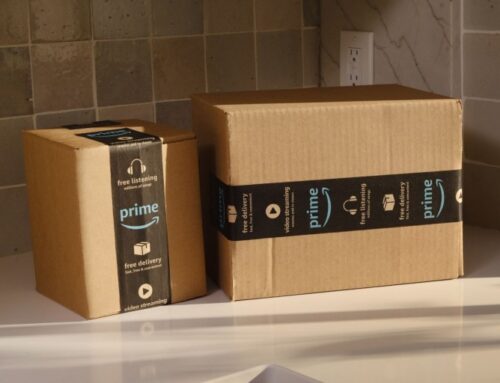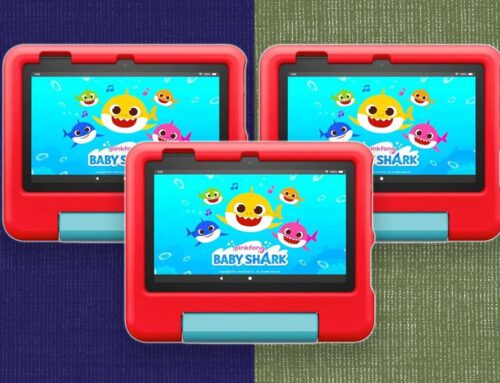US: New tool can model ocean tides, waves, help power 22 million homes
October 4, 2024
The toolkit helps researchers assess performance of their renewable energy technologies using real-world data.
Updated: Oct 04, 2024 08:15 AM EST
Researchers of MRE tech using MHKiT for power performance calculations.
A research tool created by the National Renewable Energy Laboratory (NREL), Pacific Northwest National Laboratory (PNNL), and Sandia National Laboratories (Sandia) in the US will help researchers power up 22 million homes with clean and renewable energy from the sea.
Dubbed Marine and Hydrokinetic Toolkit (MHKiT), the tool can help save time and money by assessing breakthrough technologies and their performance under a wide range of conditions at sea.
Marine Renewable Energy (MRE), or the energy harvested from tides and waves, is a potential source of clean energy available in most parts of the world. Unlike wind and solar energy, MRE is available around the clock, and its energy output is also highly predictable, making it an attractive avenue to harvest carbon-free energy.
Innovative technologies are currently being developed to convert wave movements into usable electricity. But the sea is a vast beast with variable and highly challenging environments.
Deploying technology prototypes in remote and multiple locations is expensive. A tool like MHKiT can help researchers determine and improve their technology’s performance.
What does MHKiT do?
To harness the real potential of MRE, researchers need to be able to model their technology using real-world data of ocean waves and currents. MHKiT provides data validation and standardized analysis tools that help researchers arrive at more realistic data about power production from their technology.
First launched in 2020, the toolkit has been used by around 29,000 researchers working in the MRE with technologies as diverse as underwater turbines to harness the temperature gradient of oceanic currents to generate electricity.
The MHKiT data and tools are accompanied by detailed and clear instructions on undertaking the different analyses. Funded by the Department of Energy’s Water Power Technologies Office, the tool kit is open-source and available to researchers worldwide.
“Before, most MRE developers were forced to build their own tools for data processing and analysis,” Andrew Simms, MHKiT-MATLAB Developer and NREL Data Scientist, said in a press release.
“Now, MHKiT gives everyone a head start on data analysis. If we can make analysis as easy and painless as possible, developers can spend more of their time building better devices.”
Updates to MHKiT
MHKiT is available on the programming platforms MATLAB and Python, each used by a particular group of researchers. Recent updates to the MATLAB toolkit include visualization of turbulence and river flow and the ability to model extreme sea states.
The Python update supported multidimensional data from agencies like the Coastal Data Information Program (CDIP) and the National Oceanic and Atmospheric Administration (NOAA). Additionally, the update allows for better identification and analysis of significant wave events and calculation of wave heights.
More importantly, the updates come from collaborators who contribute features to the kit.
“Yes, MHKiT is a powerful tool, with standardized, validated code, software, and data that make it possible to control analysis quality,” said Chris Ivanov, NREL MHKiT-MATLAB Developer, in a press release.
RECOMMENDED ARTICLES
“But its real strengths lie in ongoing contributions of the collaborative community. Partners across the country and around the world help identify areas for future functionality and put modules through their paces in exploring new scenarios and ever-evolving system designs.”
The Blueprint Daily
Stay up-to-date on engineering, tech, space, and science news with The Blueprint.
By clicking sign up, you confirm that you accept this site’s Terms of Use and Privacy Policy
ABOUT THE EDITOR
Ameya Paleja Ameya is a science writer based in Hyderabad, India. A Molecular Biologist at heart, he traded the micropipette to write about science during the pandemic and does not want to go back. He likes to write about genetics, microbes, technology, and public policy.
POPULAR ARTICLES
RELATED ARTICLES
Search
RECENT PRESS RELEASES
Meta brags that its latest AI video tool outperforms rivals like OpenAI
SWI Editorial Staff2024-10-04T15:49:22-07:00October 4, 2024|
Plymouth State University receives federal funding for sustainability projects
SWI Editorial Staff2024-10-04T15:48:38-07:00October 4, 2024|
Proactively planning for a sustainable energy future in Michigan
SWI Editorial Staff2024-10-04T15:48:36-07:00October 4, 2024|
Judge refuses to dismiss Alabama lawsuit over solar panel fees
SWI Editorial Staff2024-10-04T14:48:37-07:00October 4, 2024|
Red and blue R.I. voters take different views on green energy in polling on offshore wind
SWI Editorial Staff2024-10-04T14:48:35-07:00October 4, 2024|
The 15 best Prime Day tech deals to shop early, including $50 off AirPods
SWI Editorial Staff2024-10-04T13:56:25-07:00October 4, 2024|
Related Post




